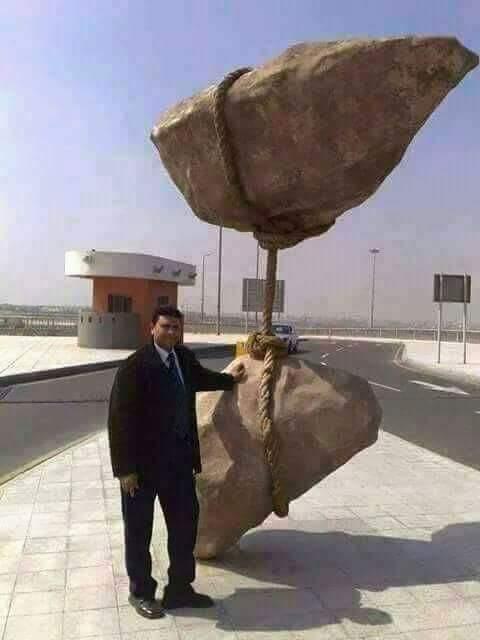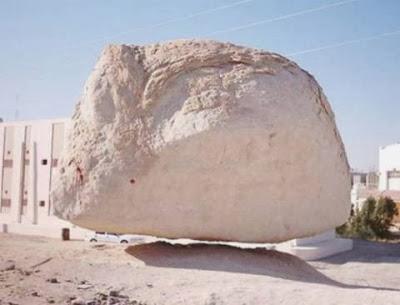Unfortunately, science has still not been able to figure out how to levitate larger, heavier objects. Yet, history suggests that Ancient Civilizations might have already cracked this secret in their building of the pyramids and other megalithic monuments. Did they have some advanced form of sound levitation to move thousand-ton stonesâa task that present-day builders admit would be difficult even with the use of modern cranes?

In many parts of the world, there are enormous monoliths that even in this brilliant era of technology, no advanced crane could possibly raise. Our modern society is proud of its technological and scientific achievements, but we are forced to admit that our ancestors possessed unique knowledge we still cannot gain access to. This brings us to the intriguing question: âDid ancients master levitation?â

Ancient civilizations, such as the Egyptians, Mayans, and Incas, left behind awe-inspiring architectural wonders that continue to baffle researchers and scientists. The Great Pyramid of Giza, for example, is a marvel of engineering with its massive stone blocks weighing several tons each. The precision with which these stones were cut and placed is remarkable, leading many to question how such feats were accomplished without the aid of modern machinery.

One theory that has gained traction in recent years is the idea of acoustic levitation. This concept suggests that sound waves, when precisely controlled, can create forces that lift and move objects. Some researchers believe that ancient civilizations may have had a deep understanding of acoustics and used sound vibrations to manipulate heavy stones during construction projects.

Theories related to the use of sound and resonance in levitation are not limited to the pyramids. In various parts of the world, including sites in South America and Asia, there are megalithic structures that defy conventional explanations. The intricate positioning of massive stones, often weighing hundreds of tons, has sparked speculation about the existence of advanced levitation techniques in ancient times.
While mainstream archaeology remains skeptical of these ideas, a growing number of researchers are exploring the possibility that our ancestors possessed knowledge and technologies that have been lost to time. The allure of uncovering the secrets behind ancient levitation techniques continues to fuel investigations and debates within the scientific community.
As technology advances and our understanding of acoustics and vibration improves, perhaps we will one day unlock the mysteries of ancient levitation and gain a deeper appreciation for the ingenuity and skill of our predecessors. Until then, the enigma of how ancient civilizations achieved such remarkable feats of construction remains a tantalizing puzzle waiting to be solved.





